On Macs with Intel processors, the native Boot Camp tool worked quite reliably, with the help of which it was possible to install Windows alongside macOS. Apple users could thus choose whether they wanted to boot (run) one or the other system every time they turned on their Mac. However, we lost this option with the advent of Apple Silicon. Since the new chips are based on a different architecture (ARM) than Intel processors (x86), it is not possible to run the same version of the system on them.
It could be interest you

Specifically, we would need Microsoft to add Apple Silicon support to its Windows for ARM system, which by the way exists and runs on devices with ARM chips as well (from Qualcomm). Unfortunately, according to current speculations, it is not at all clear whether we will see it as apple growers in the near future. On the contrary, information about the agreement between Qualcomm and Microsoft has even surfaced. According to her, Qualcomm has a certain exclusivity - Microsoft promised it that Windows for ARM will run only on devices powered by this manufacturer's chips. If Boot Camp is ever restored, let's leave it aside for now and let's shine a light on how important the ability to install Windows on a Mac actually is.
Do we even need Windows?
Right from the start, it is necessary to realize that the option to install Windows on a Mac is completely unnecessary for a large group of users. The macOS system works relatively well and handles the vast majority of common activities with ease - and where it lacks native support, it is supported by the Rosetta 2 solution, which can translate an application written for macOS (Intel) and thus run it even on the current Arm version. Windows is therefore more or less useless for the mentioned ordinary apple users. If you mostly browse the Internet, work within the office package, cut videos or do graphics while using a Mac, then you probably don't have a single reason to look for similar alternatives. Practically everything is ready.
Unfortunately, it is significantly worse for professionals, for whom the possibility of virtualization/installation of Windows was quite important. Since Windows has long been the most used and widespread operating system in the world, it is not surprising that application developers focus primarily on this platform. For this reason, some programs that are only available for Windows can be found on macOS. If we then have an apple user primarily working with macOS, who from time to time requires some such software, then it is logical that the mentioned option is quite important for him. Developers are in a very similar situation. They can prepare their programs for both Windows and Mac, but of course they need to test them in some way, in which the installed Windows can greatly help them and make their work easier. However, there is also an alternative in the form of testing equipment and the like. The last possible target group is the players. Gaming on Mac is practically non-existent, as all games are made for Windows, where they also work best.

Uselessness for some, necessity for others
Although the possibility of installing Windows may seem unnecessary to some, believe that others will appreciate it very much. This is currently not possible, which is why apple growers have to rely on available alternatives. In a way, it is possible to run Windows on a Mac as well as on computers with Apple Silicon chips. Support is offered, for example, by the popular virtualization software Parallels Desktop. With its help, you can run the mentioned arm version and function quite solidly in it. But the catch is that the program is paid.
It could be interest you
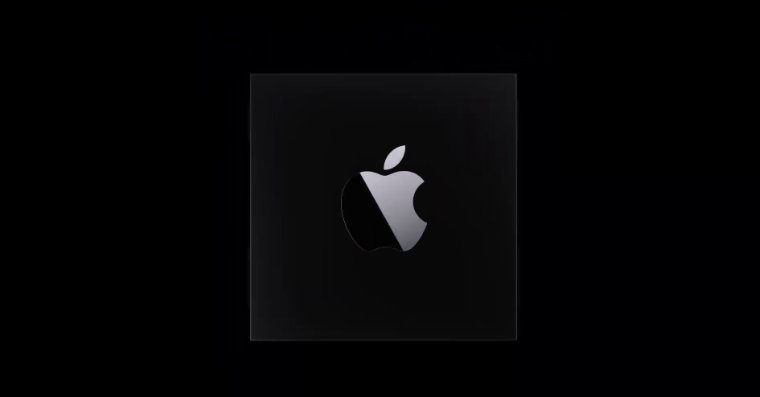
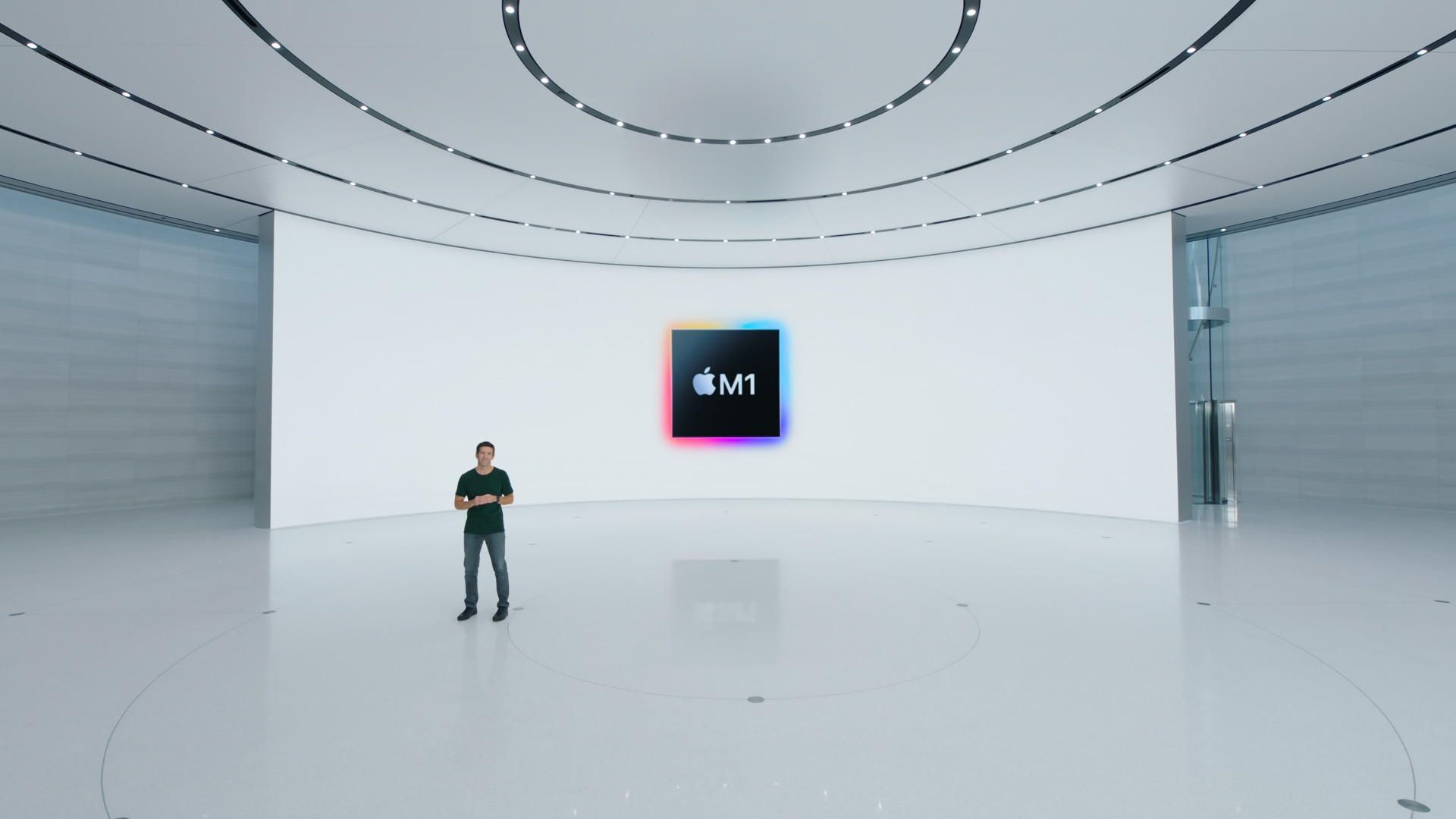

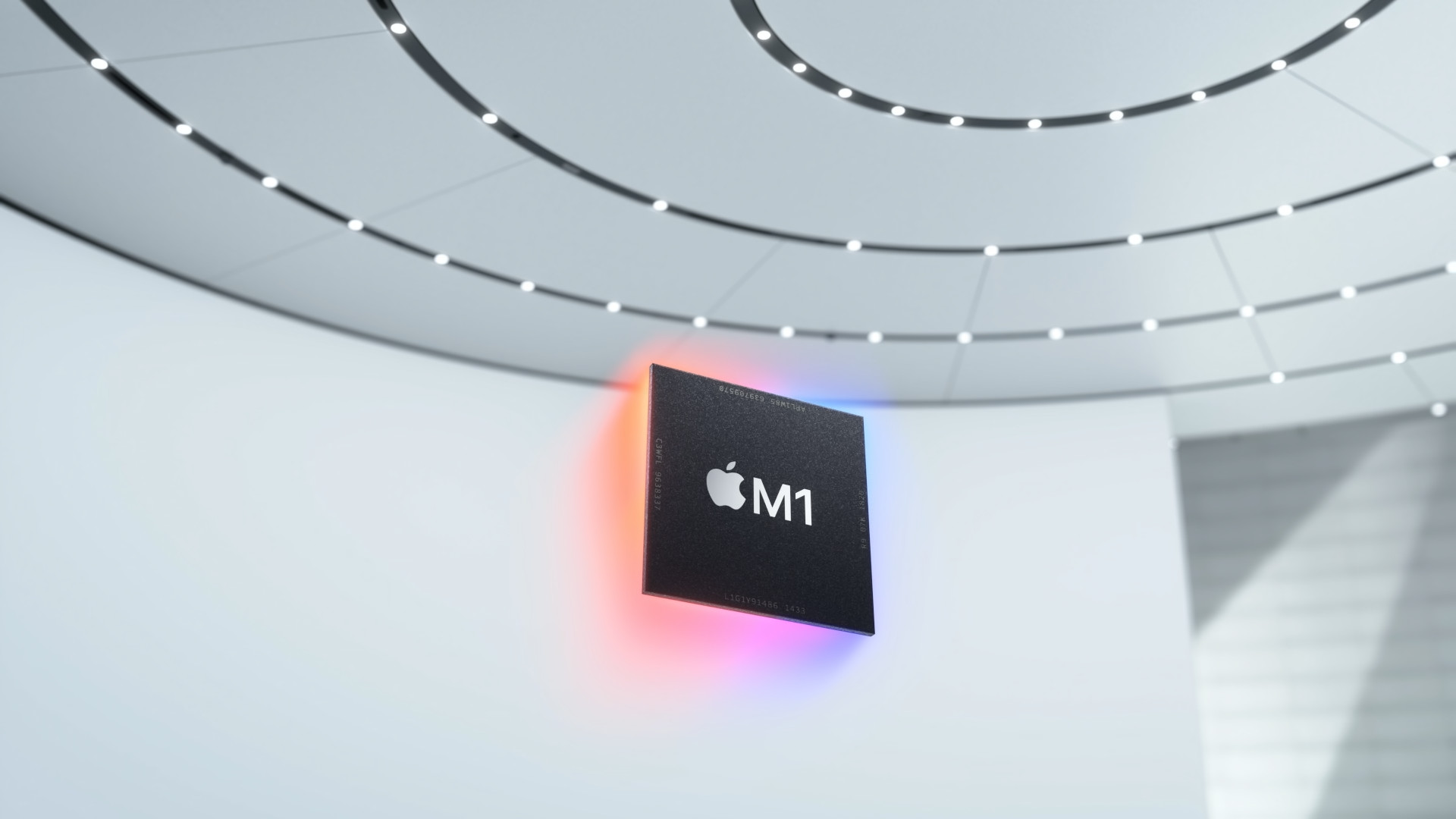


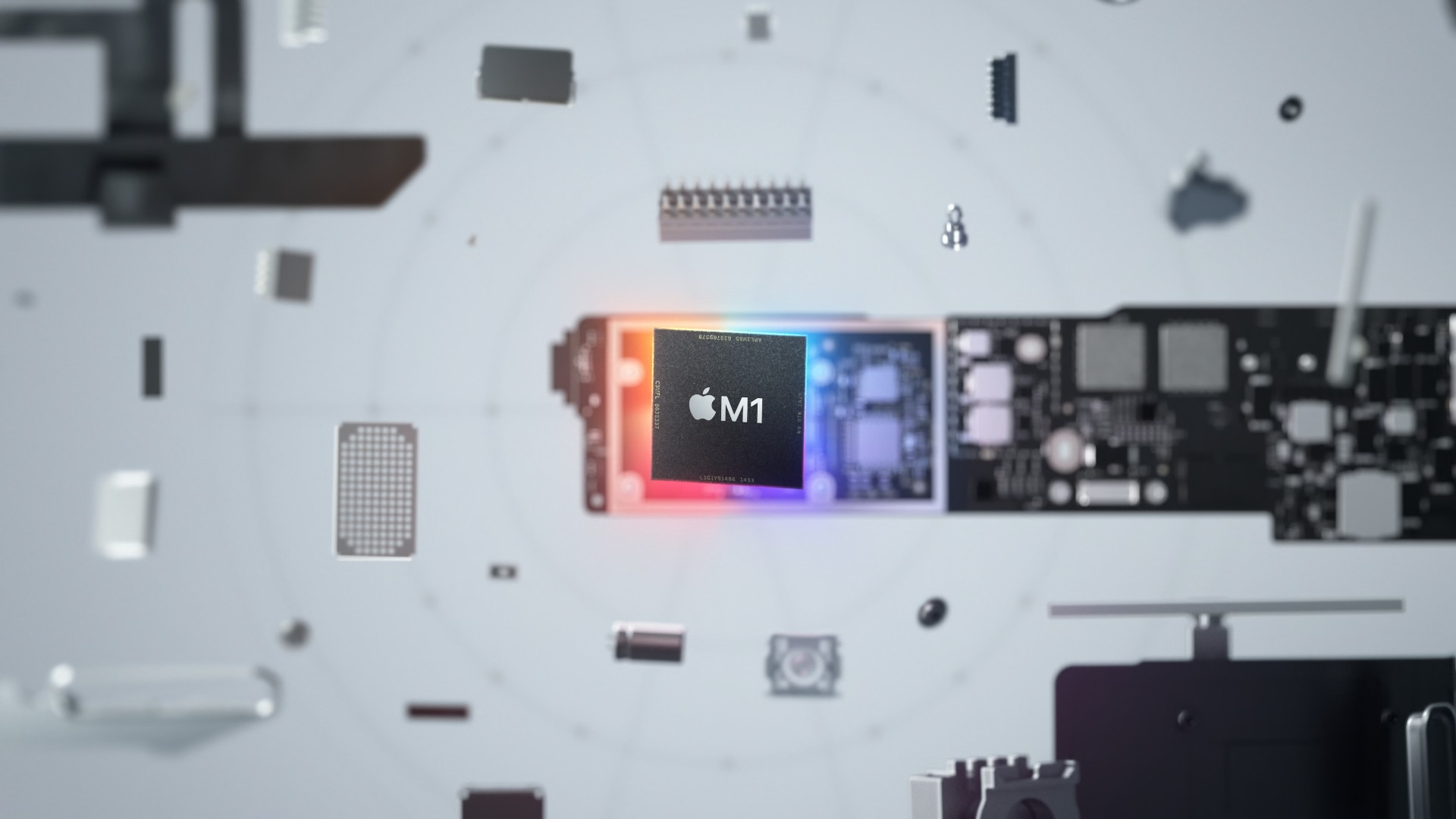
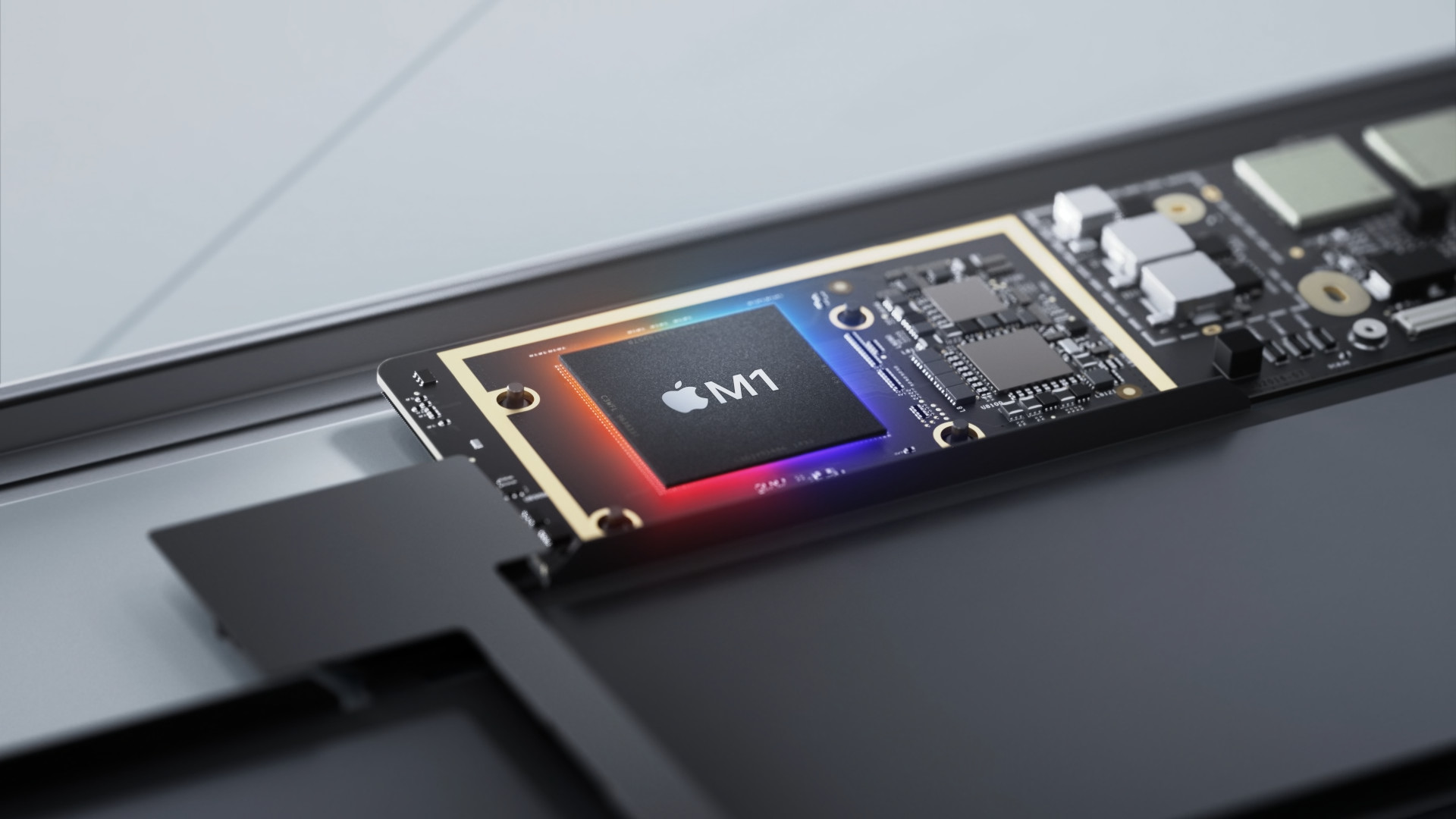


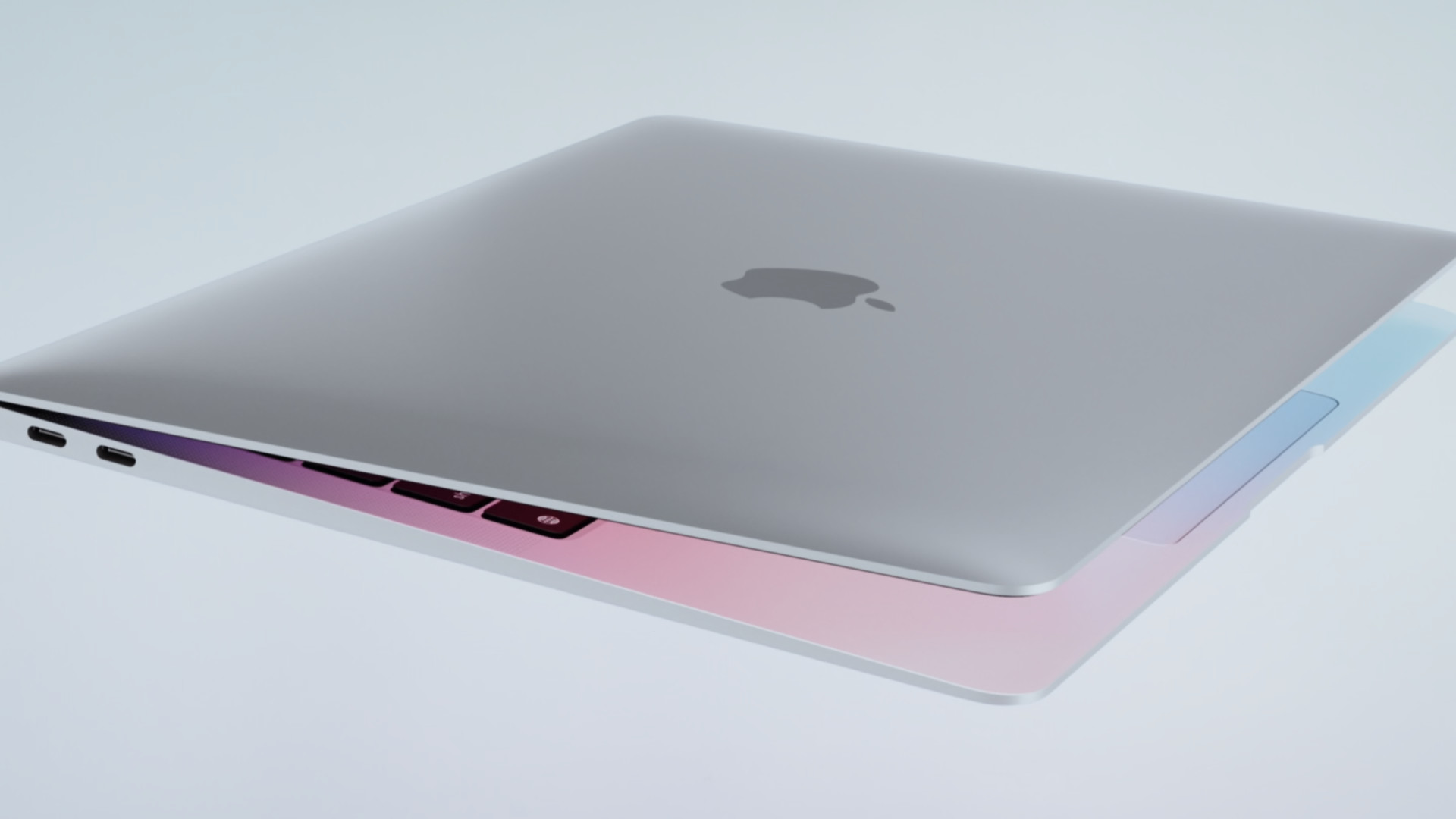


How about Windows application support under Windows for ARM?
Do all programs running under classic Windows also run without problems under Windows for ARM?
Until recently, x86 applications were emulated on Windows ARM, but only 32-bit. In the new versions, amd64/x86_64/x64 (64-bit) applications should also work. But I've never tried it so I don't know the details
Good morning, 2nd week running on MBP 14 Win 11. So far normal applications are running – Office… This week I will be installing SAP client and IBM Notes, so I am curious. Otherwise, Win11 runs just fine (virtualization via Parallels Dekstop version 17 - the latest)...
There are professionals who don't need Windows, and there aren't many of them. As for me, I also have a Windows PC for games, and that system is unusable for work, because there aren't some programs for it that are only for macOS. I honestly don't understand articles of this type on an Apple focused site, if the author lacks Windows, then let him use it, but let him realize that there are plenty of people who don't need Windows or any of its programs, and plenty of them are professionals in whatever field.